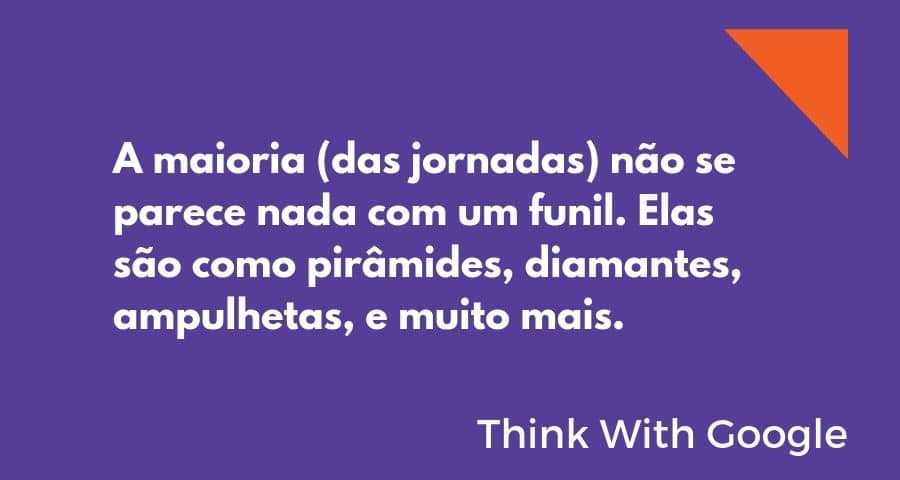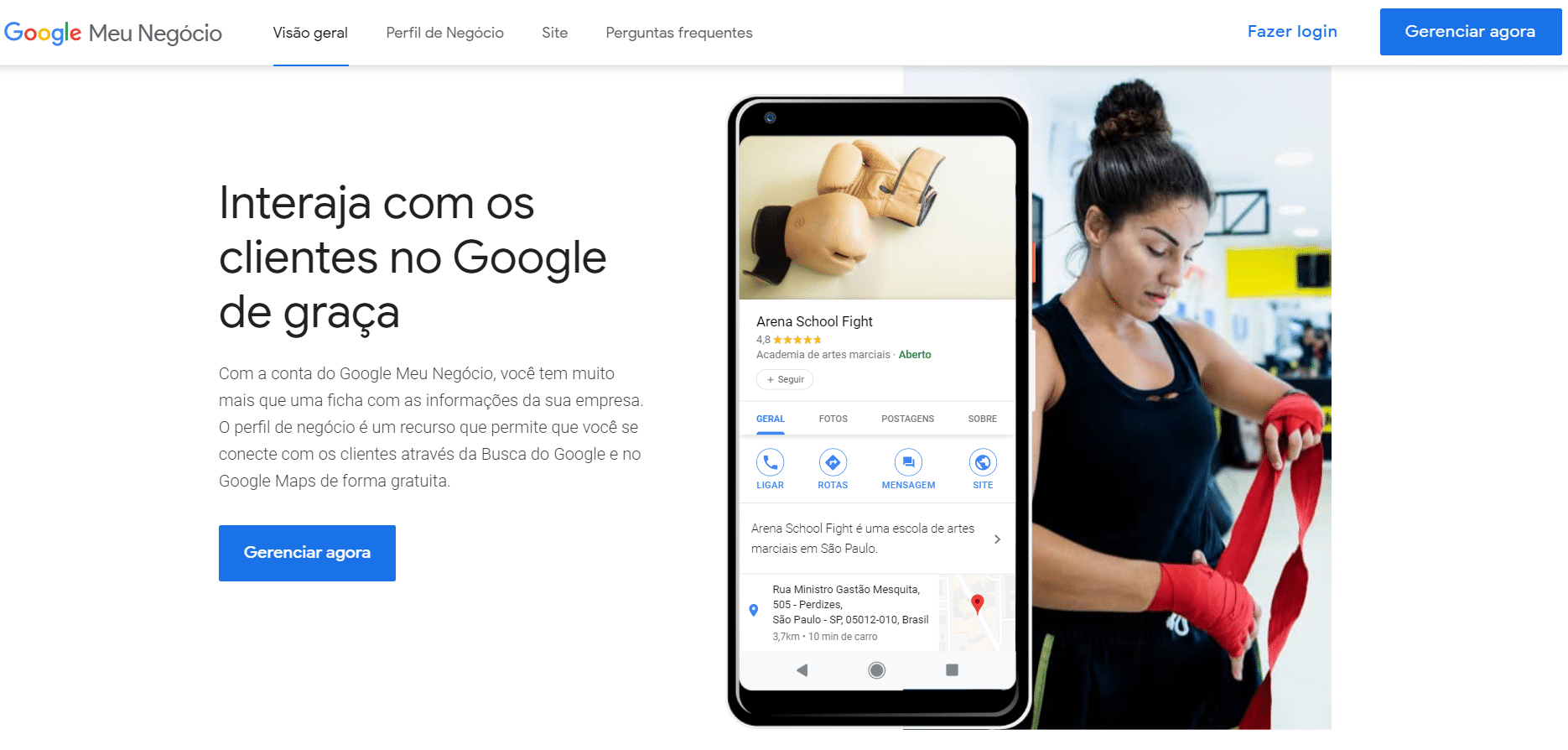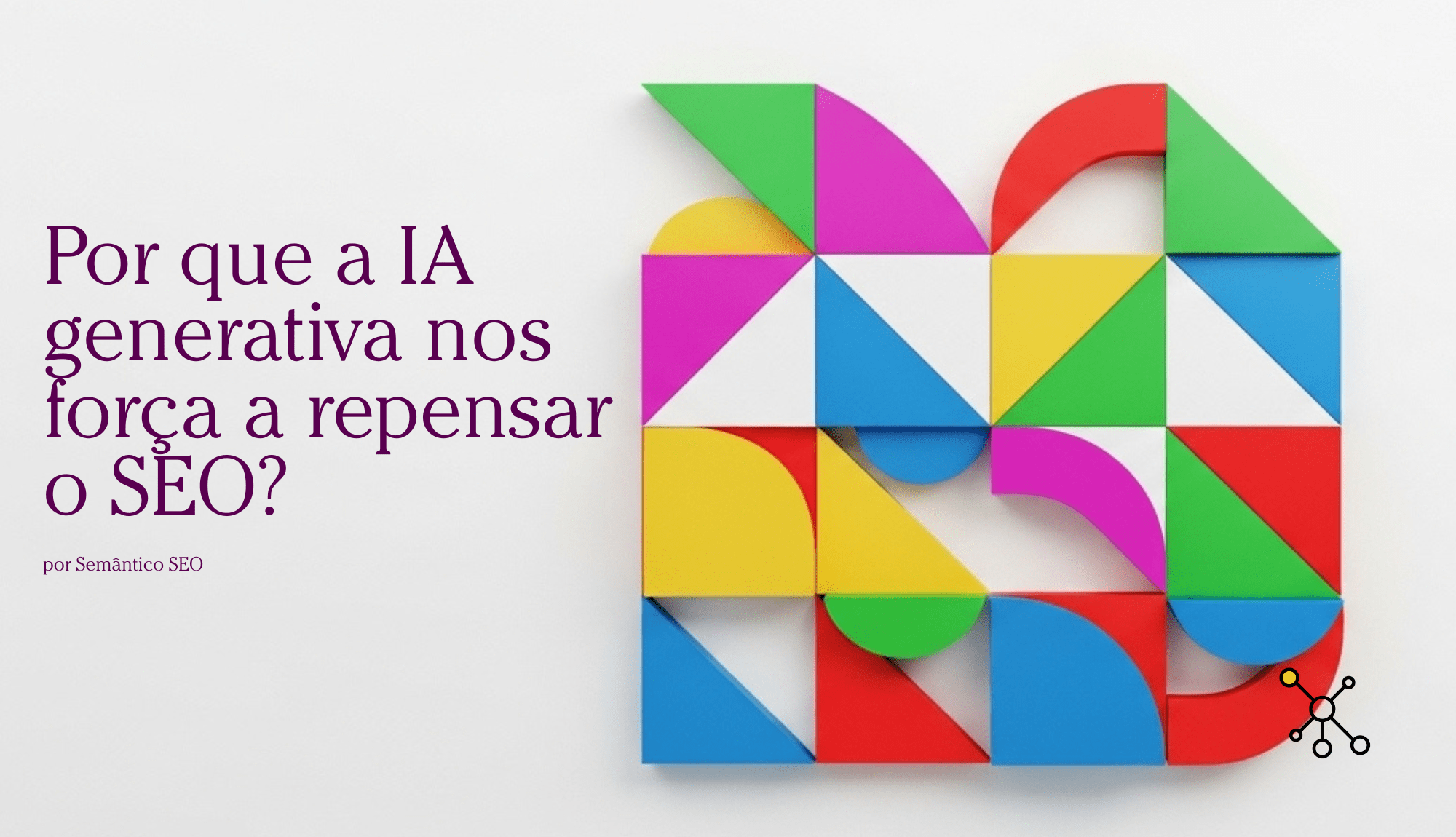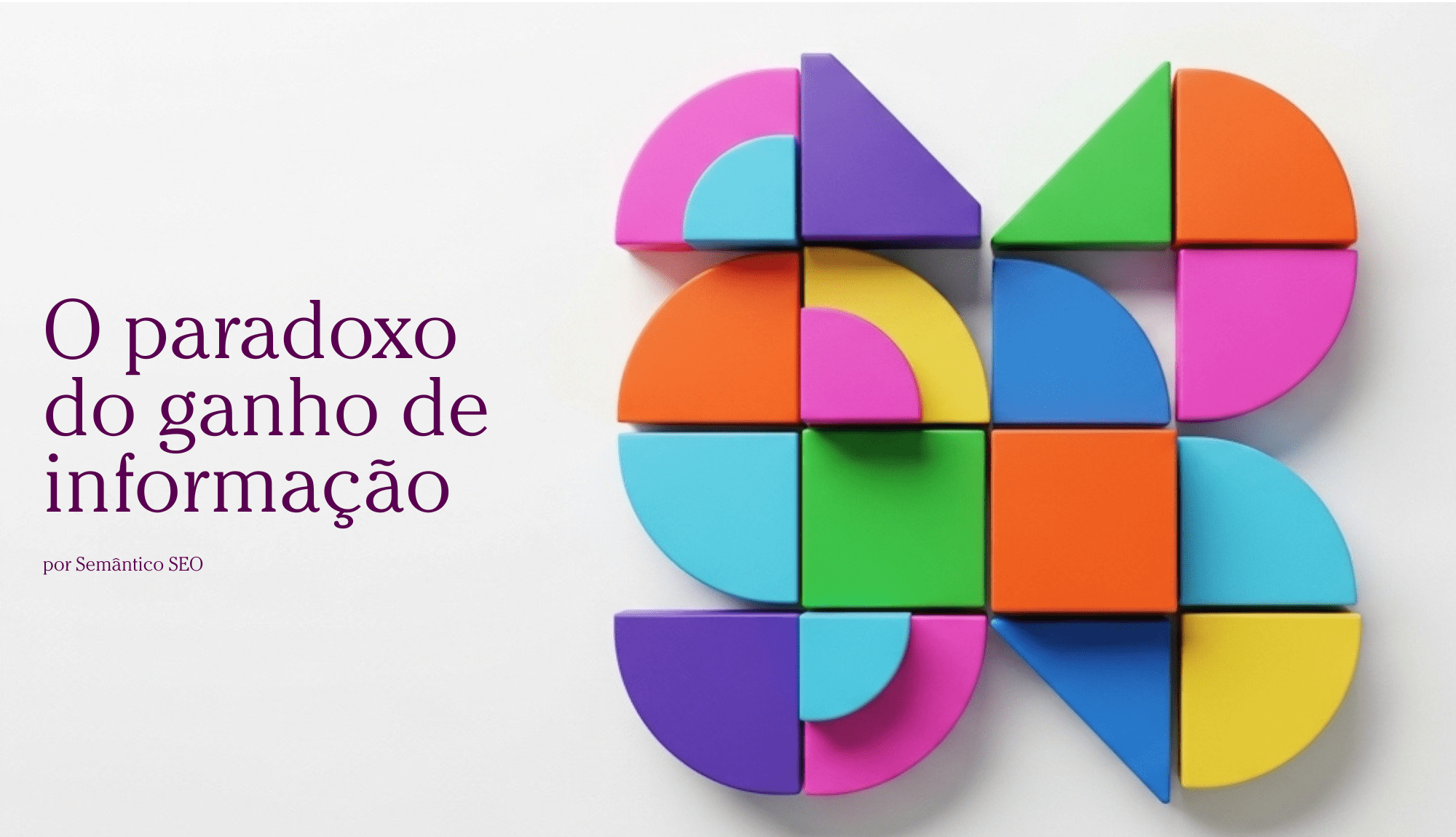How to rank on Google?
How to rank on Google?
Let's make it clear what your website will need to do: create content that is relevant to your user's search
Creating content that aligns with the desires and needs of your users is more complicated than it seems.
More than just trying to imagine what they need, it's necessary understanding of how Google works today, to know everything about semantics web content creation, and, above all, to know a lot about the fundamentals of SEO show you one of the ways to rank on Google in 2019 (20, 21, 22…)!
In the seventh part of the Semantic SEO track, we saw how to rank on Google. Creating content that is relevant to your user's search intent and aligned with their desires and needs: that's the answer to the question, in other words, to rank well on Google we need to create quality content.
The fundamentals of SEO are still very relevant.
If I need to rank for the term " the best blog about SEO ," I'm not going to be naive enough to think that Google will simply put my page in the search results .
Today the scenario is more complex. What Google needs, and knows users need, is information .
Therefore, to rank well in a SERP, you need to diversify: I create posts, videos, data , graphs, etc., etc., etc.
In summary:
Google wants you to have the relevant information that the user is looking for.
How does Google work in 2020? See the post Google I/O 2019: What will SEO be like in the future?
If you've read the post above, or are going to read it, you'll see that there's something you can do with your content that will greatly help you rank higher in search results: using structured markup in your texts .
Using structured data also helps you appear in voice search results .
But what is Search Intent and why is it important?
Search intent is the reason why a person performs a search .
To be perfectly clear: " Why did this person do this research? "
Are you looking to learn something? Are you planning to make a purchase? Are you searching for specific information or even a website address?
No one accesses the search field without a reason. That's what we need to understand, or perhaps predict .
And if you work in Marketing , you need to know that this discovery will change your buyer persona's journey.
Forget everything you know about funnels. Whether it's a marketing funnel or a sales funnel.

Think about how you make a major purchase these days. I'm not talking about groceries, but something like a cell phone, a TV, or your car.
The path we take to arrive at the perfect choice is a very personal one. Each person uses various devices (cell phone, computer) at completely different times. There is no longer that straight line from Awareness to Consideration, leading to the purchase.
Today's consumer, regardless of age or gender, follows a path that goes back and forth. They move from digital to physical in moments, resulting in a purchase that can take months or minutes.
But one thing is certain: people are increasingly using their cell phones to receive answers. And there is an intention behind every question.
And it is this process described above that has reshaped the work of Marketing today.

And that's why search intent is so important. The intent behind each search should guide the content creation process. But first, we need to understand the types of intent.
The 4 types of search intent
Now we'll help you understand the main types of search intent, with some search ideas for each type, and we'll also discuss how, after identifying the searcher's intent, to create content that meets each stage of their journey. To do this, we'll define which…
The basic types of search intent:
- Informational;
- Navigation;
- Commercial;
- Transactional.
A brief summary to help you create content optimized for search intent :
- Get to know your audience's intentions deeply. If you use tools like Semrush, your job is easier; they have specific functionalities for this. But if you can't invest in that, you can do something similar using Google Search Console .
- Pay attention to the words used in searches: they clearly demonstrate the user's intent.
How to rank on Google? Use Google to your advantage.
The search results page itself, also known as SERP, has the answer to the question above. Find the first intent, even if it's informational, and through it, directly in the Google results, you'll find suggestions for other questions asked.
Advanced search results
Google tends to display more advanced features in some search results. The frequency with which a result like the one shown below appears depends on the search intent.

Finding a result like this in a search related to your business indicates the intent of that search, giving you fundamental clues to delve deeper into optimization. But I need to warn you: these pages change all the time, and a result like the one above is only a short-term snapshot.
Now let's look at the types of searches…
Information Searches
These are searches where the user is looking for some information. They might use terms like SEO when they want to know something more generic like " Does optimizing a website yield results? ", or even "How to optimize my website in 2019" , where a phrase is used to narrow down the results, with the intention of getting straight to the point.
How do you create content when the search intent is informational?
How do you create content that aligns with search intent? This type of search is generally divided into two categories:
- Generic keywords : those that use few words and are very investigative. Ex.: SEO
- Specific questions , which use more terminology , can be asked after unsatisfactory results have been generated by the first type. For example: " What is structured data? "
If the searched term has an informational intent, the best content to create is a blog post providing exactly the information your visitor needs.
Navigation Searches
We can currently consider this search intent in two ways. One is online , where I search for a blog about SEO and find my website, or when the browsing starts online and ends in the real world, as in the case of a search for " organic pizzeria near me ," with the intention of going to visit the establishment we heard about.
How do you create content when the search intent is navigational?
Here we need to divide this content into two very specific areas: whether you have a physical business (an office, a store) or if it's online, digital.
For a physical business, you should set up Google My Business . When a search includes your business name, the results will contain all the information for the visitor. Additionally, your website should have a Google Maps link showing the location of your headquarters, updated phone numbers, and an address. It's best to place this information in the footer, as it will be repeated throughout the website.

For a digital business, a contact page on your website is essential, but having several pages created specifically for the services you provide is a good idea, since a user might be searching for something that connects your website with a service they need.
Commercial Searches
Now imagine that the same person who searched for SEO, then for SEO blogs , and who is now more informed, has started to consider hiring an SEO specialist for their website. Commercial search intent, also called Commercial Investigation, is when the idea of doing business already exists, but the intention is to better investigate the options.
How do you create content when the search intent is commercial?
The key is to find the questions your customers might ask when they think about something related to your company. In the case I mentioned above, since my company is myself (my name, my blog), if someone arrives here through a business research search, they should land on a page where I explain in detail what I do, the services I offer (such as website optimization), my clients, case studies , contact information, etc.
Transactional Searches
Now, the intention is finally to hire an SEO analyst for a digital project. This imaginary person might search for " hire an SEO analyst in Porto Alegre " or even " hire an SEO specialist ." What matters here is: if they find the Semantic Blog in the search results, the chance of them hiring me as an optimization service provider is high.
How do you create content when the search intent is transactional?
If the identified search intent is transactional, the best content to create is a page for each of your services and products . Pages that are created to answer each of the searches.
Stop creating content for your average audience!
Be helpful! People tend to respond better when they realize we understand their needs, which is why it's so important to create or optimize your content with two goals in mind:
- Relevance to your customer;
- Long-term value for your business.
It's important to keep in mind that some people do research, arrive at your website, stay a short time, and leave. Others may return several times in a row, while still others will spend a considerable amount of time understanding what you offer.
Understanding this difference, knowing who these visitors are, their needs, and creating optimized content for each stage of their journey is the difference between a service and a sustainable business.





Post comment